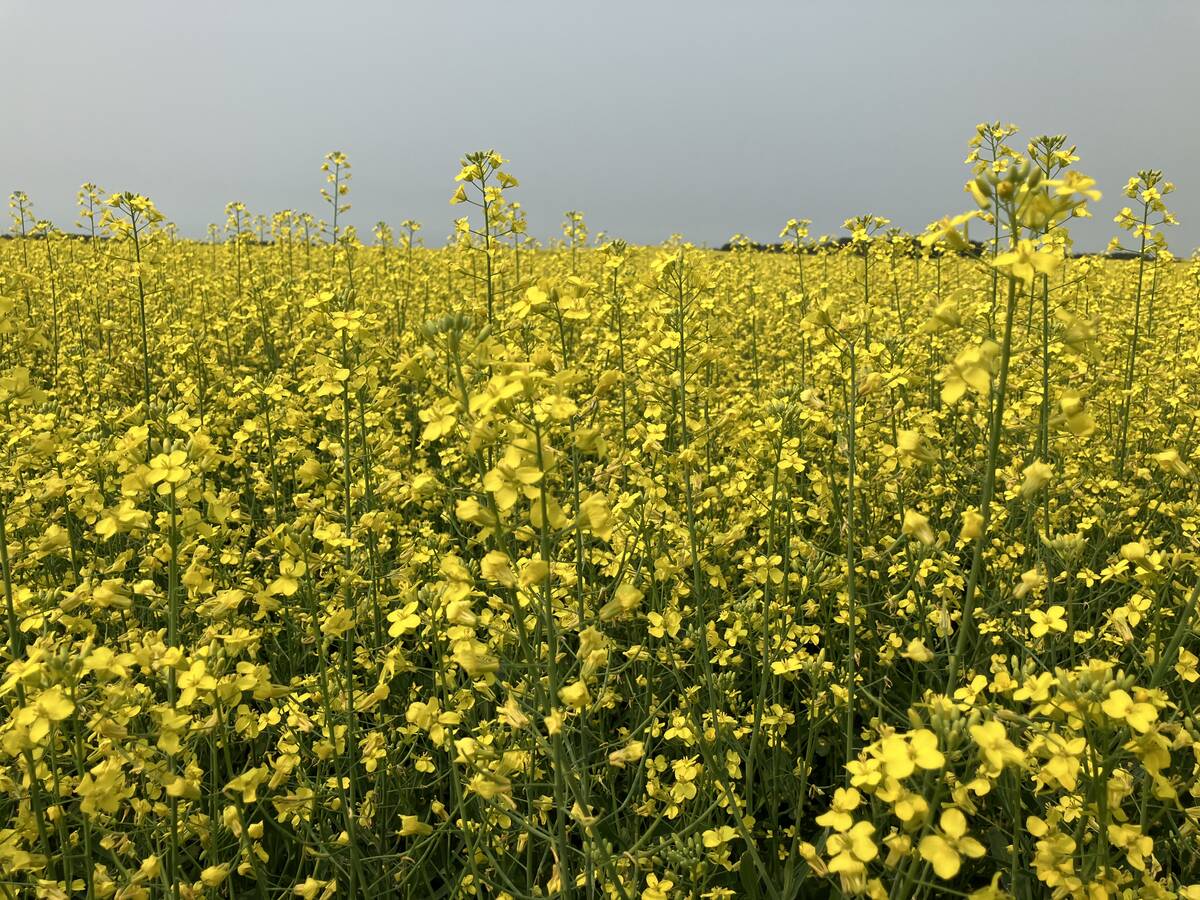A fire at a large European crushing plant has torched any hope of a rally in the flax market.
“This puts a dent in the demand for an already burdensome product,” said Terry James, vice-president of grain merchandising with James Richardson International Ltd.
On Oct. 2, fire caused an estimated $8 million of damage to the Oliefabriek Lichtervelde N.V. linseed oil factory in Lichtervelde, Belgium. A 1,250 sq. metre warehouse was burnt to the ground in the blaze.
Markets reacted to the news last week, with the price of flax dropping below $7 per bushel. CGF Brokerage and Consulting was advising its clients to book some flax before demand for the product slows down.
Read Also

Canola used in only quarter of Canadian biofuel
Less than one-quarter of the biodiesel and renewable diesel used in Canada in 2024 was made from canola oil feedstock
James said losing a plant that would typically process 80,000Ð90,000 tonnes of flax seed a year is a big blow to the industry.
The capacity that has been removed from the system represents about 15 percent of Canada’s average export volume.
On top of that, Oliefabriek will probably have at least two months worth of advance purchases on the books.
“Obviously this company has got seed that they’ve got to find a home for,” said James.
There is extra crushing capacity in Europe that will eventually pick up the slack created by the demise of the 100-year-old plant. That is the short-term prognosis.
In the long run it is likely that Oliefabriek’s capacity will shift to big, efficient American firms like Archer Daniels Midland, which is exactly what has happened over the past couple of years when outdated European plants have shut down, James said.
Many European crushers like Oliefabriek are expeller plants, which in addition to linseed oil produce an expensive specialized byproduct for the European feed industry containing flaxseed that still has a seven or eight percent oil content.
Modern American crushers like ADM, on the other hand, squeeze every drop of oil they can out of the flax, achieving better yields in the process.
Their facilities are newer and more efficient and are attracting an increasing percentage of the North American flax crop. And that is a worrisome trend for Canadian flax producers.
“The winner is the U.S. flax grower because ADM will buy the U.S. flax, crush it in the United States and put the oil into Europe,” he said.
It means more flax will be grown in the U.S., forcing Canadian farmers to plant alternative crops.
“That’s not good news for our flax guys,” said James.
Canadian growers are expected to harvest a little more than one million tonnes of flax this year, which is well above the previous 10-year average of 842,380 tonnes, and about double the 530,000 tonnes of production that has been forecast for the U.S.
So Canada remains the linseed king but growers south of the border are trying to steal the crown.
Ten years ago American growers produced 56,000 tonnes of flaxseed; now they are growing nearly 10 times that amount.
Barry Hall, president of the Flax Council of Canada, isn’t as worried about the shift in processing out of Europe and into the United States.
“ADM buys a lot of Canadian flax,” he said.
But he is concerned about the ever-expanding U.S. production, which he blames on different circumstances.
“The biggest factor in U.S. flax production is the farm bill,” said Hall.
Ever since flax became a subsidy-eligible crop in 1995, its acreage has been soaring, he said.

















